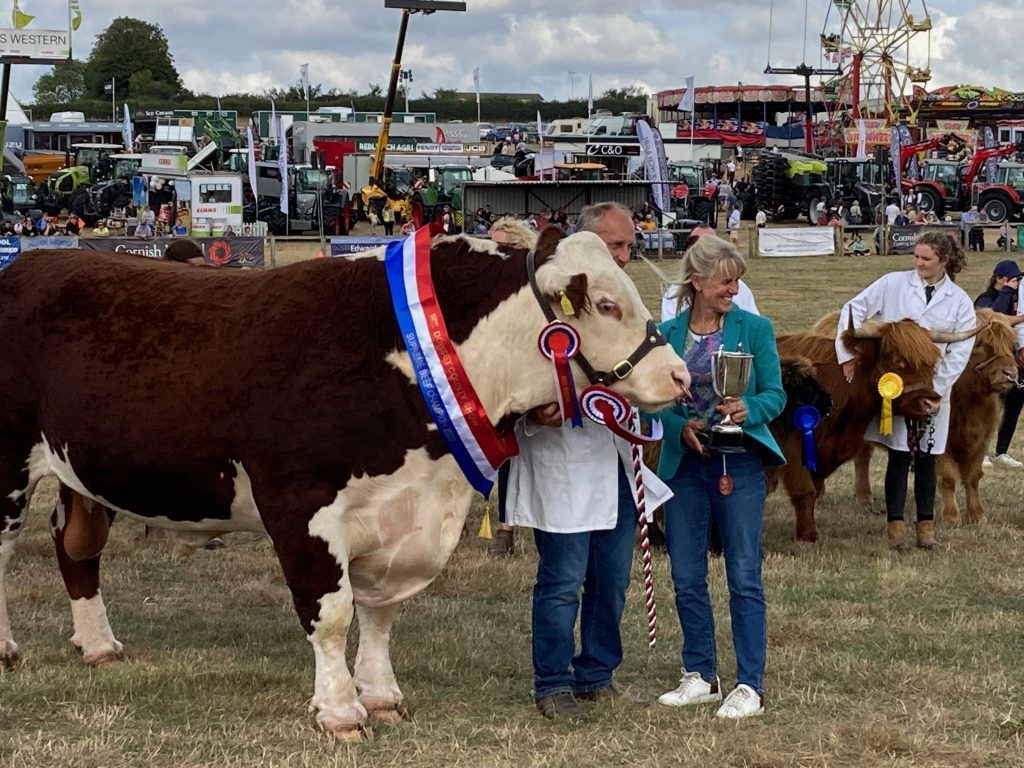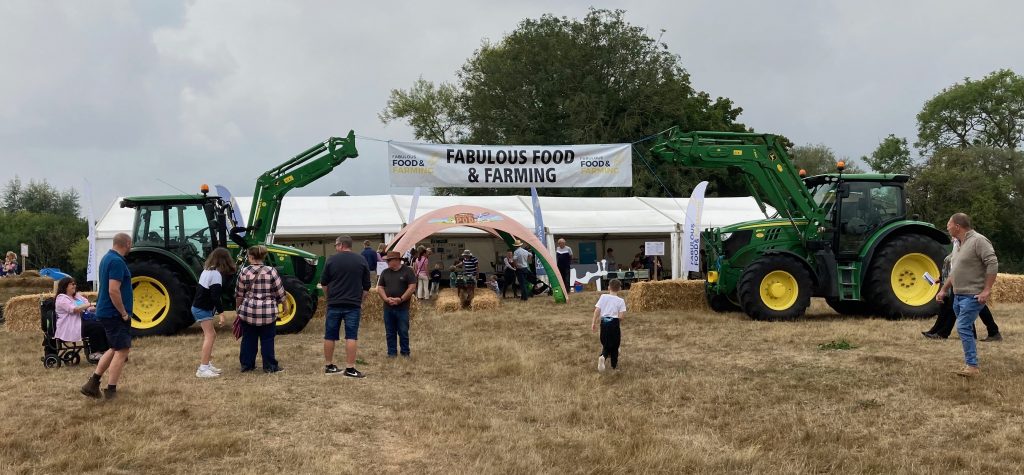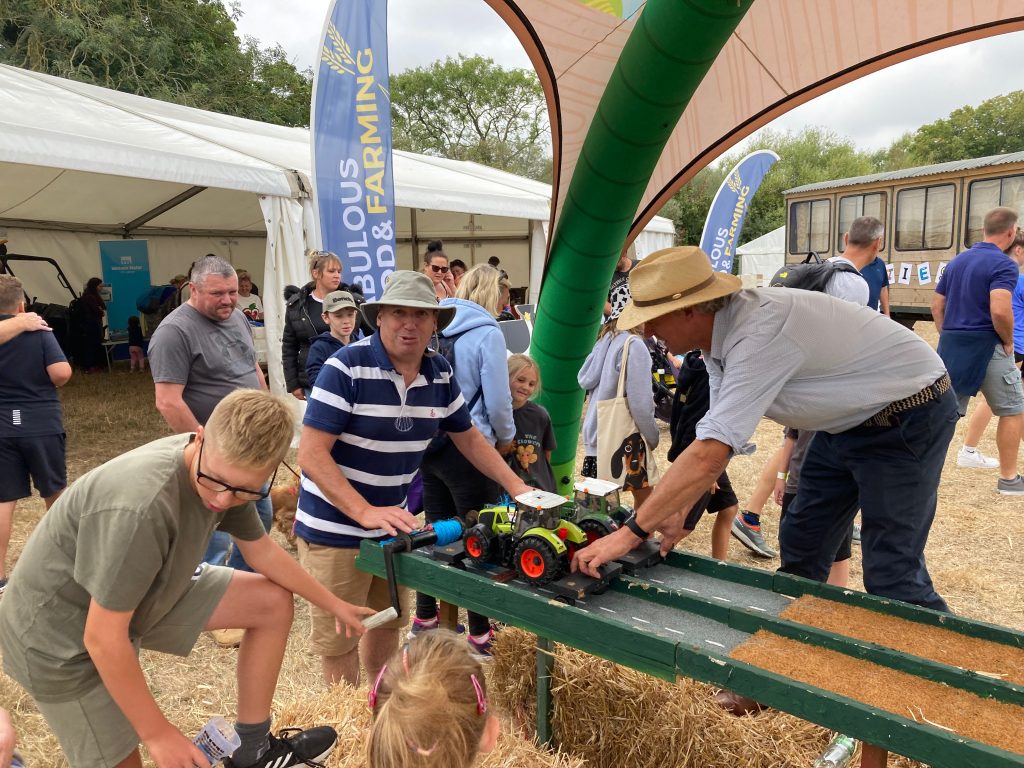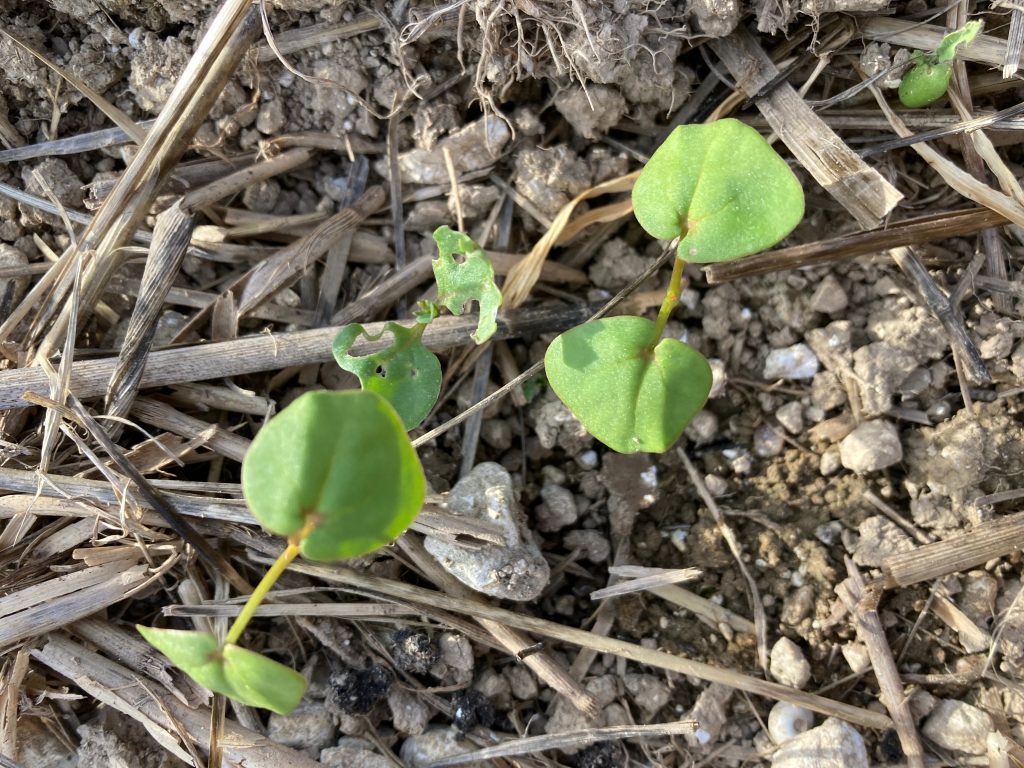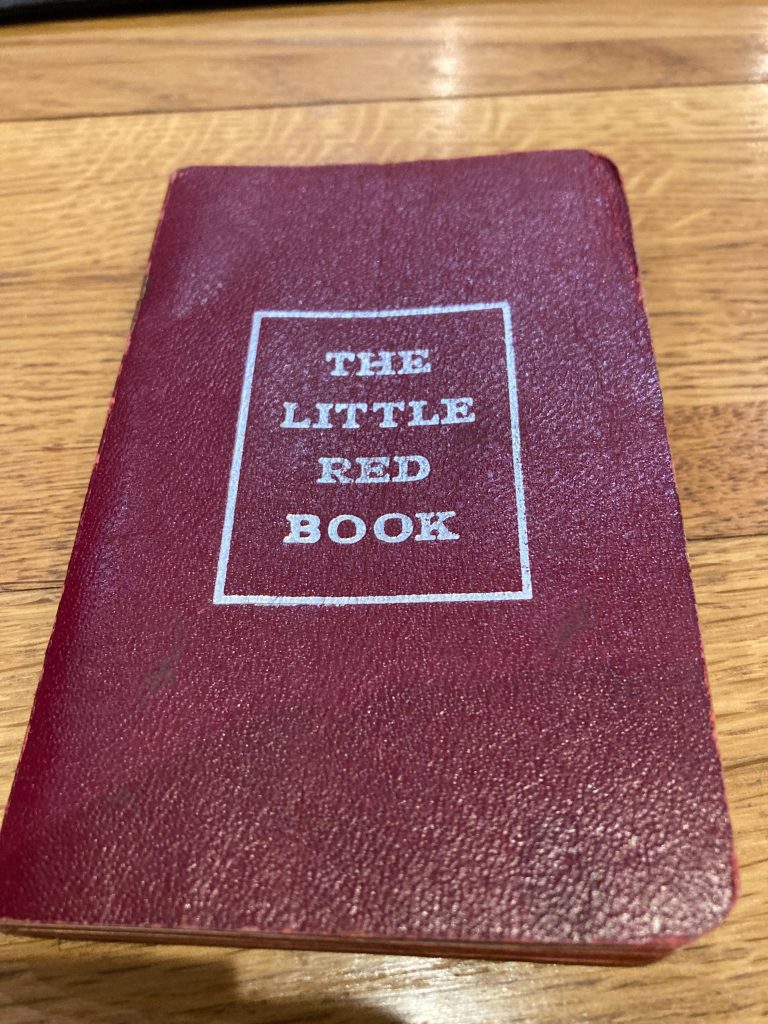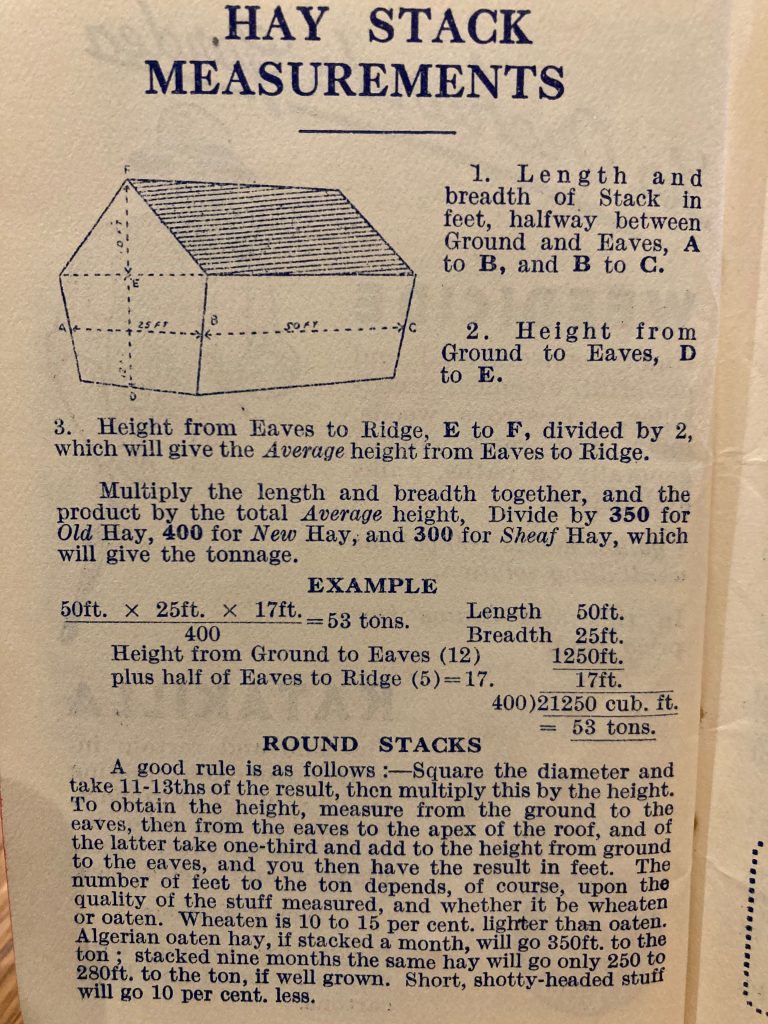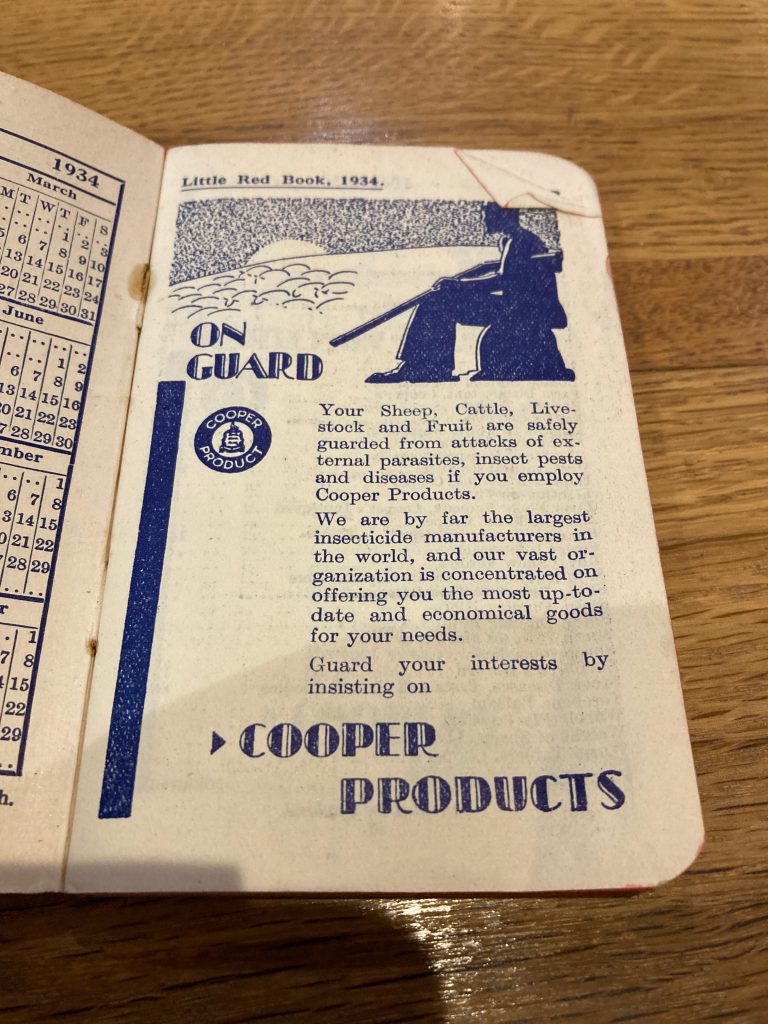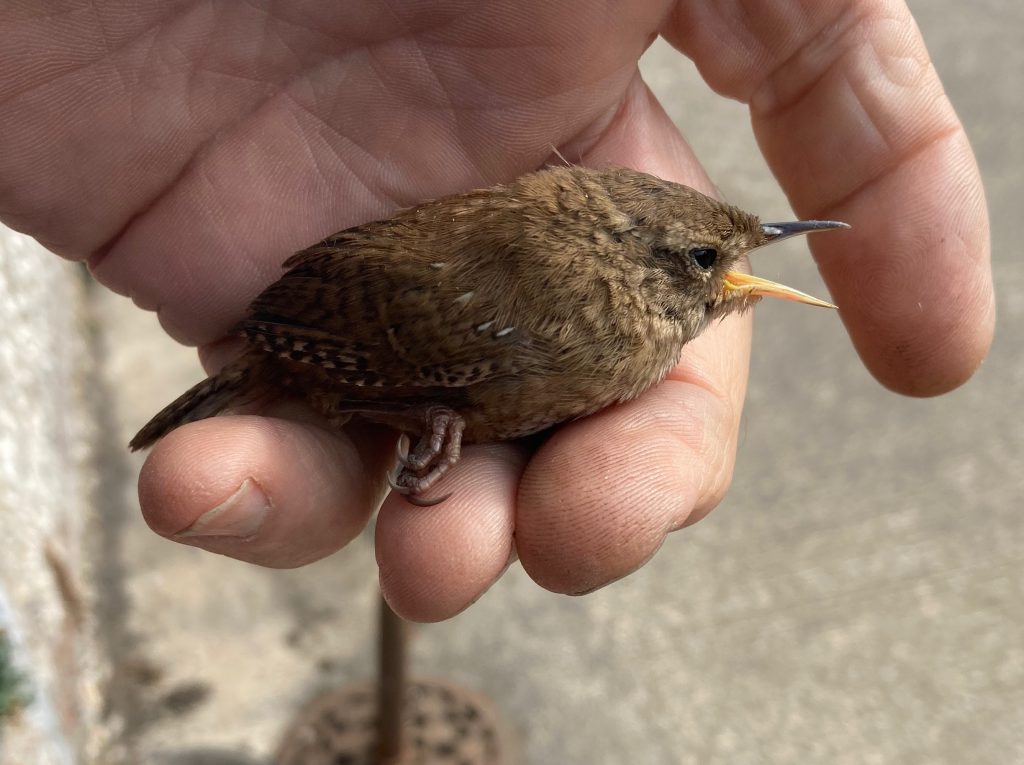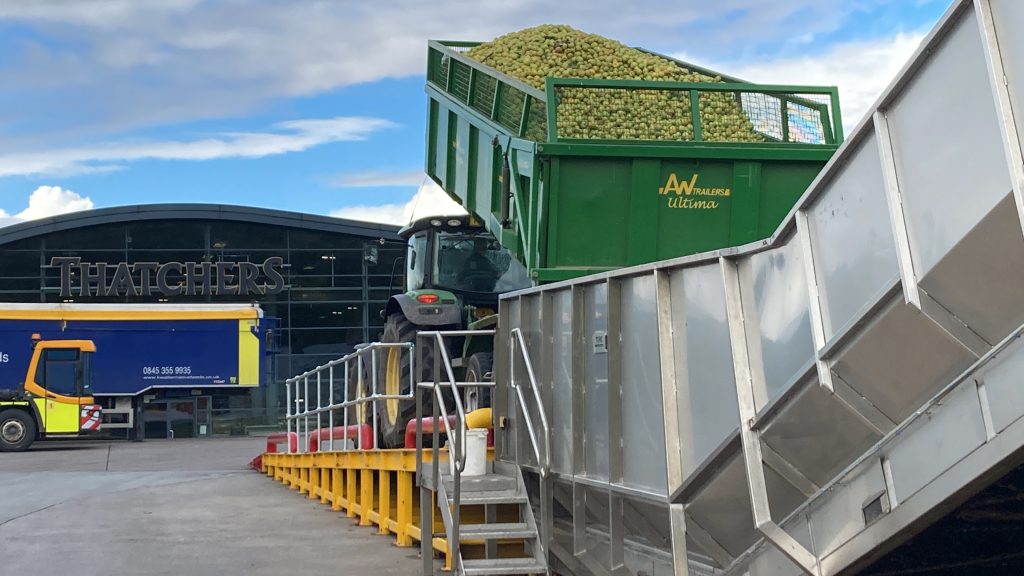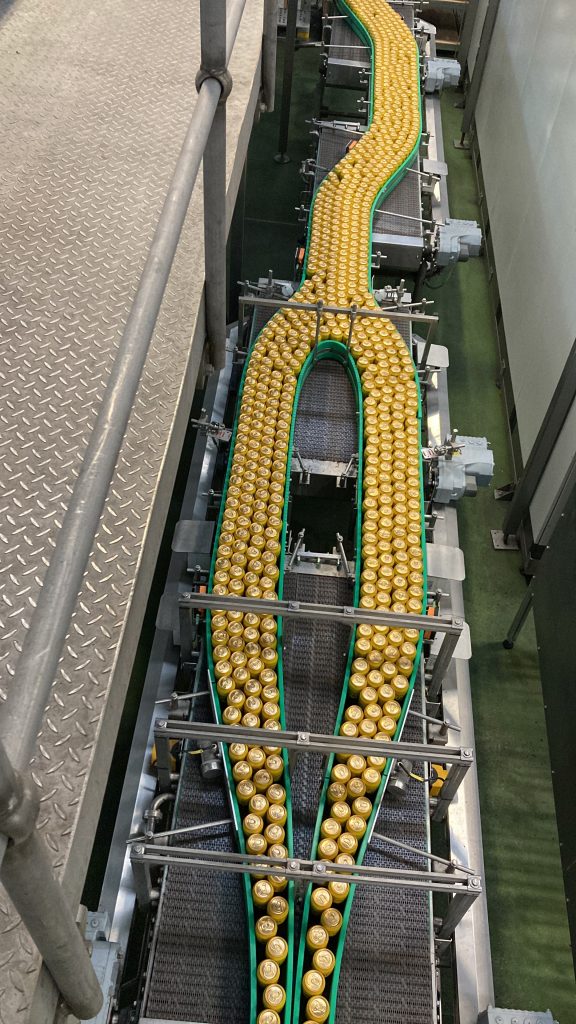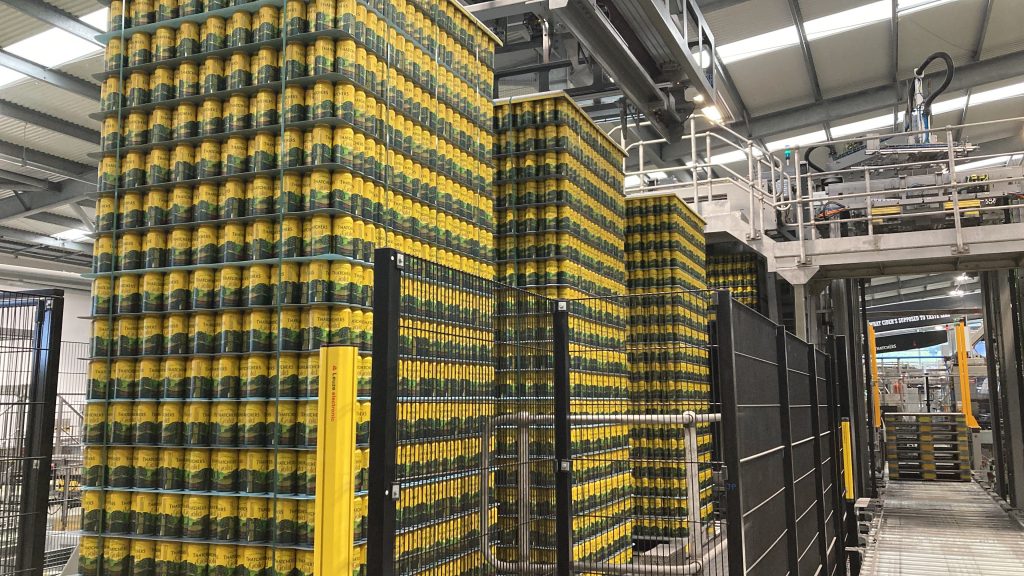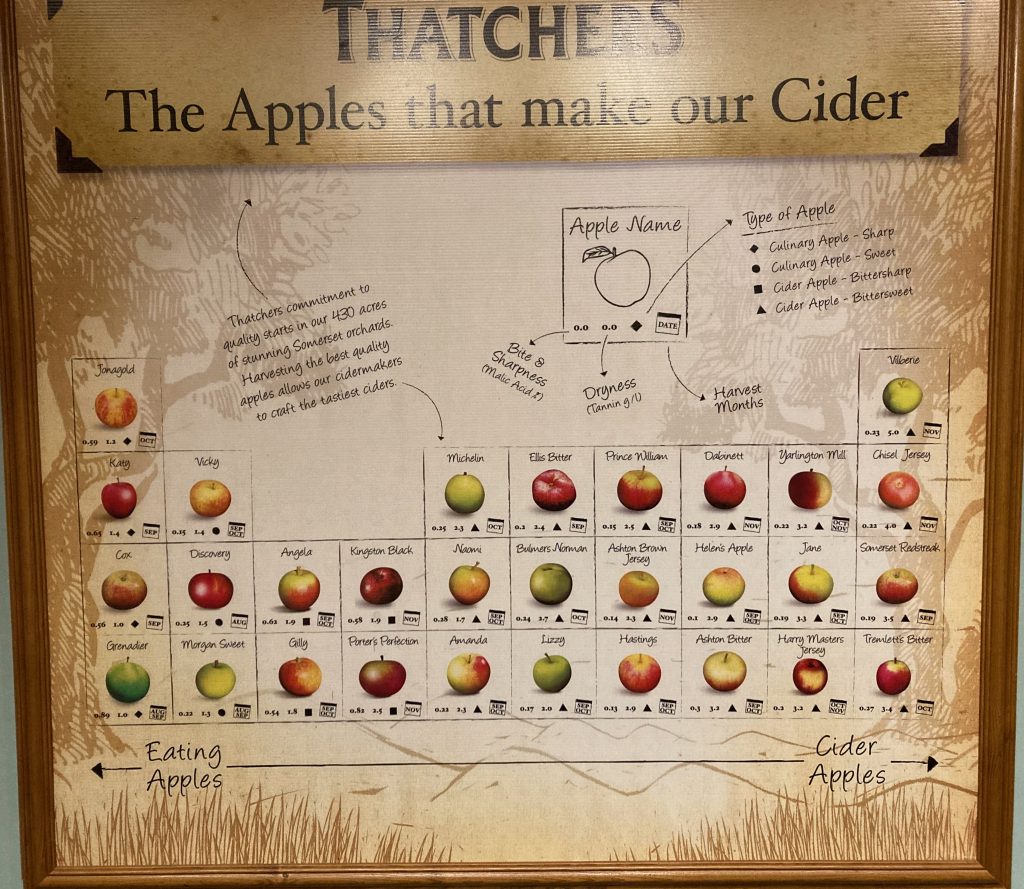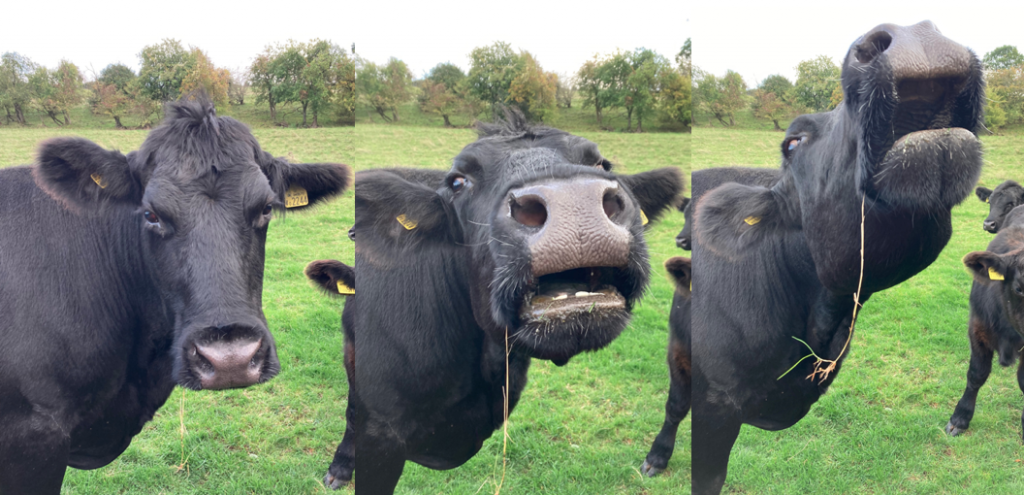
Fast becoming a regular on these pages, cow 2244 is quite a character, definitely boss of the bunch, one of our oldest and largest cows, 14 years old, here she is giving me a huge bellow in the ear, having just entered the field and struggling to get the gate shut before I was surrounded, she and her pals left me in no doubt that they felt it was time they were moved onto fresh pasture. However that kind of decision is above my pay grade, so I simply pointed out that there was still plenty of grass left and departed quickly.
Autumn sowing has proceeded at pace over the last 3 weeks, all is sown apart from 2 small fields of wheat, though the rain in the last 10 days has made the tail end a bit of an on/off affair, luckily Gary was close behind the drill with the rollers, so little remains unrolled. Rolling on stony land like ours is always best done in the autumn, essential to push flints below combine cutterbar height, leaving too much till spring is risky as once the ground has dried out sufficiently the crops are often too far advanced to roll. Direct drilling has again demonstrated how much more resilient it makes the job of sowing, in spite of numerous rain showers, the undisturbed soil drains quickly and we can press on after only a short delay, rolling is of course a different matter, and we have to be more patient. I am hesitant to mention the new season oilseed rape crop, it needs a little longer to determine whether all of it will see the season out, though may have turned the corner in the last 10 days, in spite of a slug and flea beetle onslaught. Sowing having been delayed by drought conditions in August, emergence coincided with the main beetle hatch, and although we have been trying to encourage predator insects with more flowery habitat, the crop has still suffered. Perhaps though, had we not established the extra habitat the crop would have failed completely. The flowery strips we have established in some of our larger fields have been part of the ASSIST project run by the Centre for Ecology and Hydrology, who are trying to find out how far beneficial predator insects will travel into a crop in search of breakfast. One of their tricks is to place lumps of plasticine in the field, cunningly fashioned to look like slugs, and then after a day or two the ‘slugs’ are retrieved so that any bite marks on them can be examined and the potential predator identified.
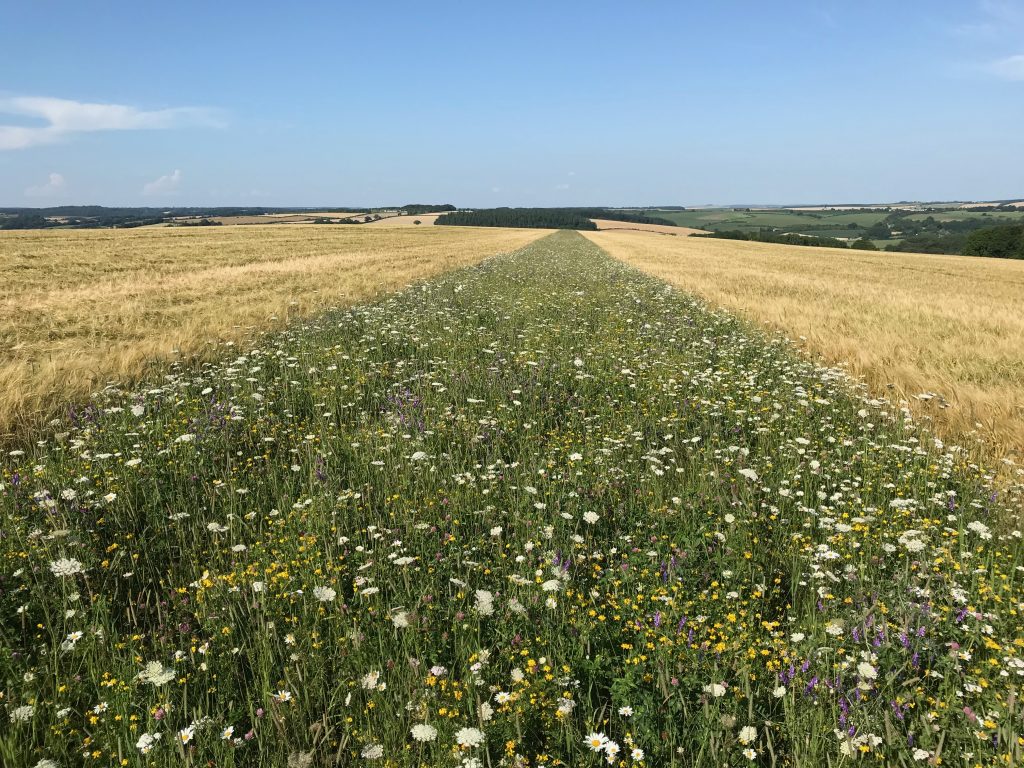
We are in the first year of a new Countryside Stewardship agreement, and as well as the infield flowery strips, a significant part of it involves establishing 6m flower margins around the arable fields that don’t already have them. Many of our fields have had them in place since we first entered HLS (Higher level stewardship scheme) in 2010, when we used purchased seed to establish them. This time we have used our own seed, harvested this summer from a field of downland reversion created in 2010, as part of the original HLS, which itself had been sown with seed harvested from much older existing downland. It was on that occasion harvested by a seed specialist with a brush harvester and a tractor with very wide set wheels, on very steep banks. We cut this year’s seed with our own combine, it has now been analysed and 14 flower species have been identified, as well as a number of grasses. Fingers crossed for a good germination.
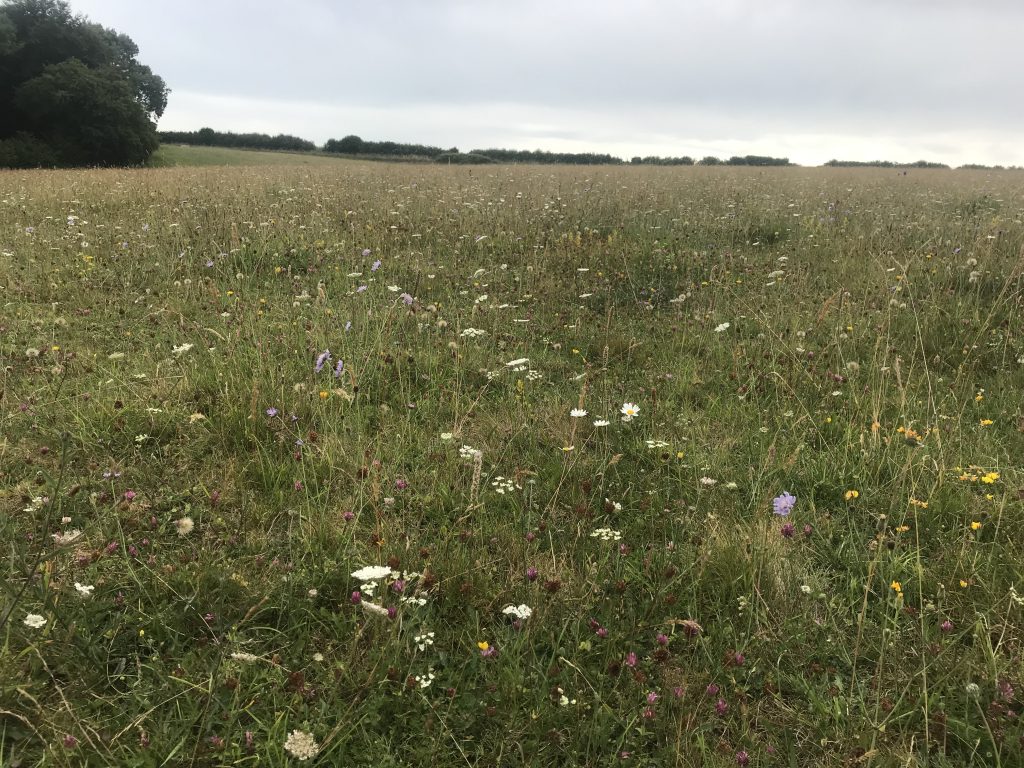
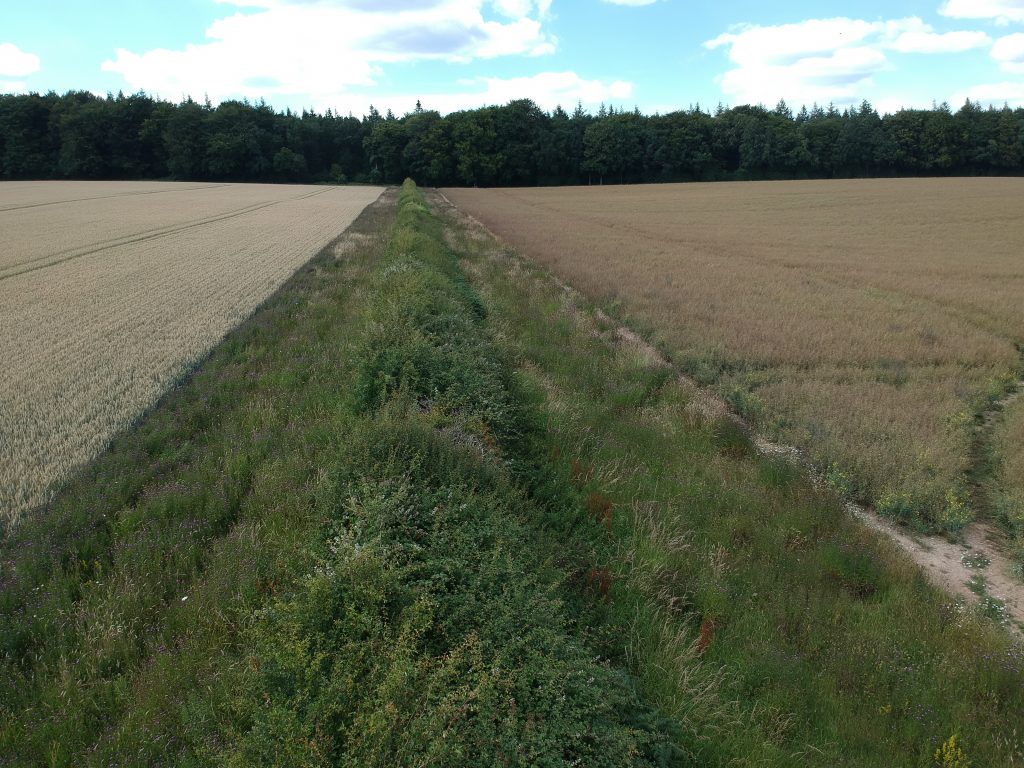
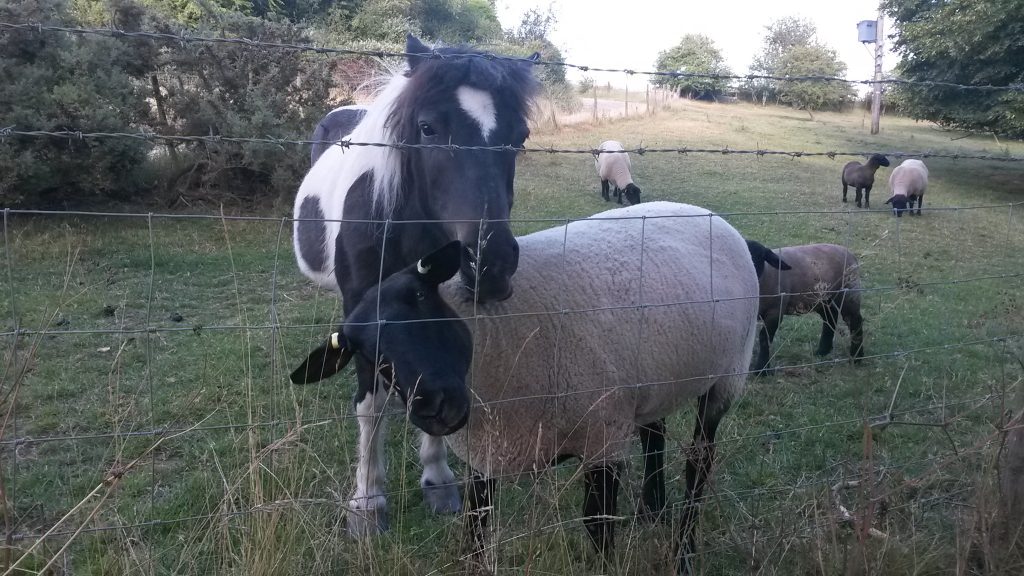
We bade goodbye to two old and faithful animal friends this year, both of whom were key players every time we have run school visits on the farm. At the end of a visit, after looking at growing crops, cows with calves, doing a woodland trail, and checking out shiny kit at work or parked up in the tractor shed, we usually finish with a visit to the paddock where the old pony and the tame sheep live, armed with a bag of toast, which is handed out to the children and immediately snatched from them by the greedy, though surprisingly gentle, sheep, and the pony if she is quick enough. Florrie the pony was allegedly 38 this year. Sadly 2022 was as far as she could manage, so too it was for Rocky, a wether lamb from 2012. Junior family members had lambed his mother on a Sunday morning in May of that year, he was a big fellow, and the birth proved too much for his mother, who did not survive, so my 12 year old daughter, once recovered from the shock of witnessing the ewe’s demise, gleefully brought him home to join that year’s band of orphan lambs. From that moment, a life of luxury and uselessness was assured. Last Sunday afternoon a walker informed us that there was a suspiciously dead looking animal lying on its side in the paddock. We had only moved them that morning, and Rocky had trotted along happily, so the end had come thankfully swiftly, lying peacefully in the autumn sunshine. RIP. Between them Florrie and Rocky must have met over 3000 children. That’s a lot of loaves.
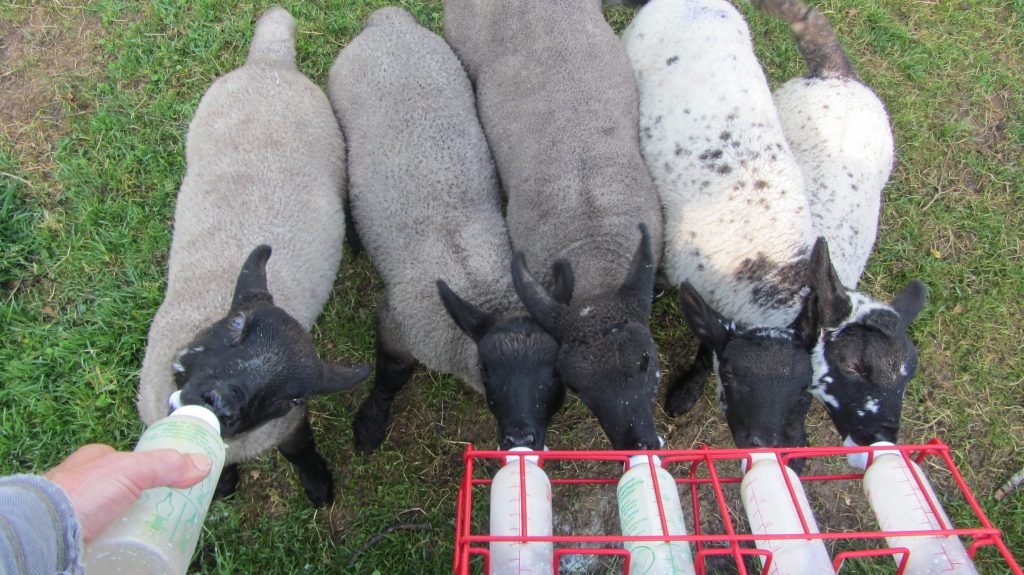
The trials and tribulations of Rocky the sheep.
Poor old Rocky has had his share of troubles, first there was the time he got himself breached in the bushes, and had it not been for the eagle eye of Jayne, he would have expired there. Then there were the many episodes of the hole in his back. What had started with a small injury at shearing time turned into a massive issue once the magpies spotted it and got dug in before we noticed. First we tried disinfectant spray and Stockholm tar, but that just trickled away in the sunshine, then we tried a lady sheep’s prolapse harness, (the indignity of it), but from time to time he would shrug it off and the magpie was back in a trice, and the stupid animal would just let it peck away, ugh. After that we tried stitching a patch to his wool, knitting might have been better, but the wool was too short, and this didn’t survive trips into the bushes. Finally Nicki hit on the genius idea of the glue gun, a wonderful tool for a multitude of situations, the glued on patch lasted many weeks, enabling the wound to make a full recovery.
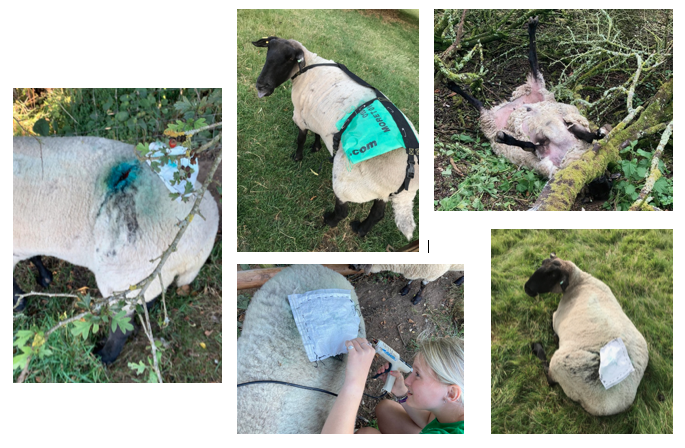
And finally……….. Some thoughts on ELMS
The ding dong over the future of ELMS (DEFRA’s environmental land management scheme) reached fever pitch a few weekends ago, some claim that it was initiated by dark arts specialists in the comms department at No 10, others pointed the finger at the recently ousted Goldsmith brothers, the keenest of environmentalists. Whoever it was, the leaked story was taken up by a journalist on the Guardian newspaper, it soon spread onto Twitter, and then all hell broke loose, even though the story was based on a fabrication. It stirred up both environmentalists and their adversaries alike, and the NFU (national farmers union) got badly caught in the crossfire. The NFU line on trying to balance food production with protection and enhancement of the environment has not changed, yet the leak implied that the NFU wanted ELMS to be halted. It took some time for the furore to die down, and the same journalist tried to resuscitate the story on the following weekend. Fortunately by then it was clearer what was happening and the NFU was able to push back with the full story.
The SFI, (sustainable farming incentive) is the wide ranging basic level of ELMS designed to attract many farmers into environmentally beneficial activity, the NFU is calling for it to be pushed ahead with vigour and to deliver 70% of farmers, with 65% of the ELMS budget, but DEFRA have not yet acknowledged that this is what will need to happen if it is to achieve what they say they want to achieve. ELMS is intended to be a partial successor to the BPS (Basic Payment scheme), a relic of the EU days, which is being reduced to zero in annual stages over 7 years. It is not pretended that ELMS will replace the BPS, but ELMS will offer farmers public money for providing public goods, in the shape of environmental enhancement. Supporting food production has been deemed less deserving of support with public money.
There are two other strands to ELMS, in addition to SFI: Local Nature Recovery, which is touted as the replacement for Countryside Stewardship, it could perhaps be wound in and simply emerge as an evolved version of CS, without the upheaval of a whole new scheme. Secondly Landscape Recovery, which needs to be handled with great care, it is likely to operate across a limited number of large areas where groups of landowners get together with a particular outcome in mind. 24 pilot projects were announced recently, which will each receive £500,000 to develop their projects. If this is likely to result in large areas taken out of food production then the potential environmental gain will need to make a very strong case.
The NFU is asking for a pause in broader ELMS development, in order to take full account of the changed situation across the world, the Ukraine war, the energy crisis, climate change and the ongoing aftermath of the covid pandemic, not to mention the consequences of brexit, which have all made a huge difference to food supply and flow around the world. If there is to be a pause in ELMS roll out in order to ensure that all these things reach fruition, then a delay in the reduction of BPS must also remain on the table.
We now know what SFI can look like in reality, for the two standards which are so far available (for arable and grassland soils). The interface is straightforward, the application is easy to complete online, though the level of funding may not be high enough. Let us hope that more standards will appear very soon, but they must be fit for purpose before release. Draft versions of a Hedgerow standard, for example, still need further work, a way needs to be found whereby SFI would fund farmers to plant new hedges in the advanced level. This could achieve much take-up and make a real difference. Hedges have the potential to provide huge environmental gain, but key will be the funding. The ‘Income foregone plus costs’ model that DEFRA is currently hooked on will not cover all the work needing to be done to many existing hedges, and if trying to get new ones planted, will be utterly insufficient.
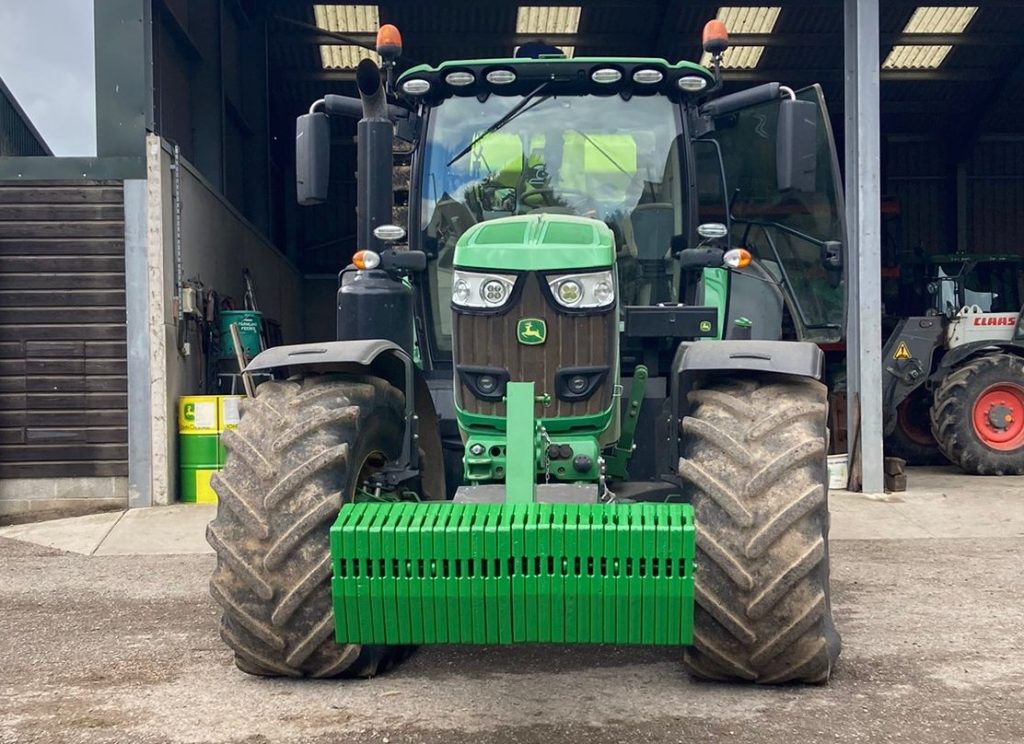
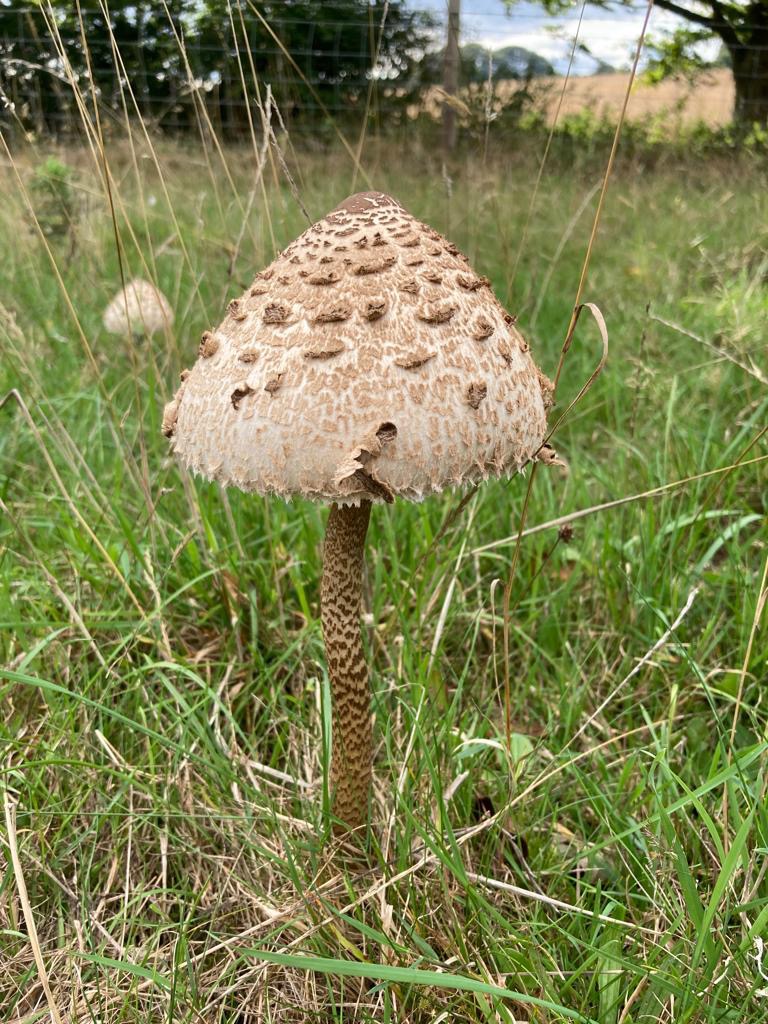
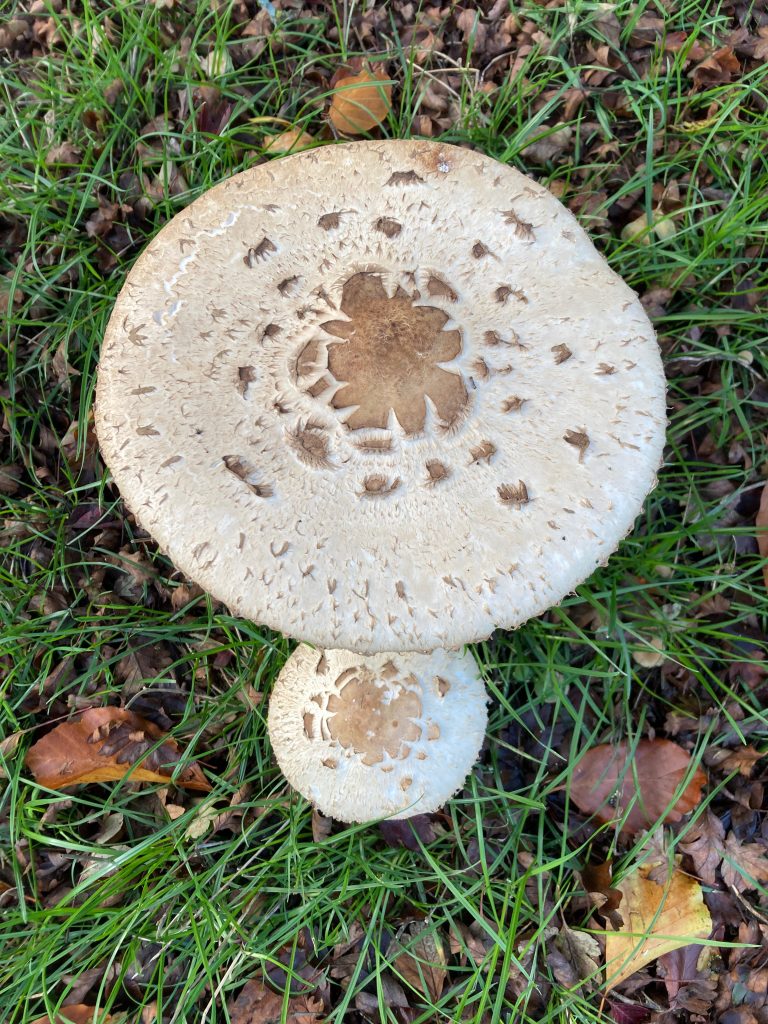

10 years ago on the hill. Worth a look this month, the aftermath of THAT wet summer…..

